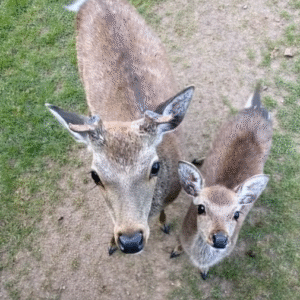Have you ever come across something unusual in your garden and had no idea what it was at first glance? That’s exactly what happened to us at a friend’s home one otherwise ordinary afternoon. Between two flowerbeds, a curious detail caught our attention: tiny, round shapes nestled in the damp soil, arranged as if in little forgotten nests… But what could they be?
Seeds, or something stranger?
At first, we guessed they might be seeds dropped by accident or perhaps tiny insect eggs. Drawn in by their odd, almost too-perfect symmetry, we leaned closer with a camera to examine these miniature “bowls.” Nothing we imagined seemed quite right. So we turned to my friend’s grandfather, a passionate gardener, hoping he could unravel the mystery.
Grandfather knows best
The moment he saw the photos, his eyes sparkled. “Ah! Those are birds’ nest mushrooms!” We were both amazed—and a little skeptical. How could simple mushrooms mimic tiny nests filled with eggs so precisely? Yet nature, as always, has a flair for artistry far beyond human imagination.
Mushrooms pretending to be birds
These little wonders are called Nidulariaceae—a family of fungi that mimic miniature bird nests. Each cup-like mushroom holds tiny, round capsules resembling eggs. But don’t expect any chicks to hatch: these “eggs” contain spores, the microscopic seeds that allow the fungus to reproduce.
Here’s the truly clever part: when it rains, water droplets hit the nest, scattering the capsules and ensuring the spores spread far and wide. A beautifully efficient and natural reproductive system, performed with elegant precision.
A lesson in curiosity
What struck us most wasn’t just the mushrooms’ astonishing appearance, but their subtlety. So small and discreet, they often go unnoticed, thriving in mulch, wood chips, or compost where few people look. And yet beneath our feet, a miniature world is constantly at play, every detail purposeful and alive.
Since discovering them, walking through a garden has never been the same. Suddenly, the soil seems full of hidden treasures—a rare insect, an unusual plant, or another tiny miracle of nature waiting to be found.
Rediscovering everyday magic
This little adventure reminded us of a vital truth: nature doesn’t need grand gestures to impress. Often, all it takes is careful observation to uncover beauty in the most ordinary places. So next time you stroll through your garden or a park, take a closer look—wonder may be hiding where you least expect it.





